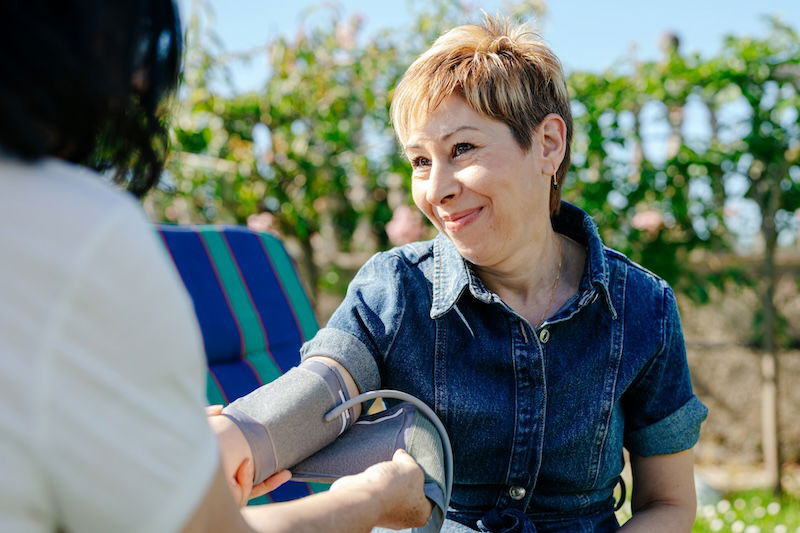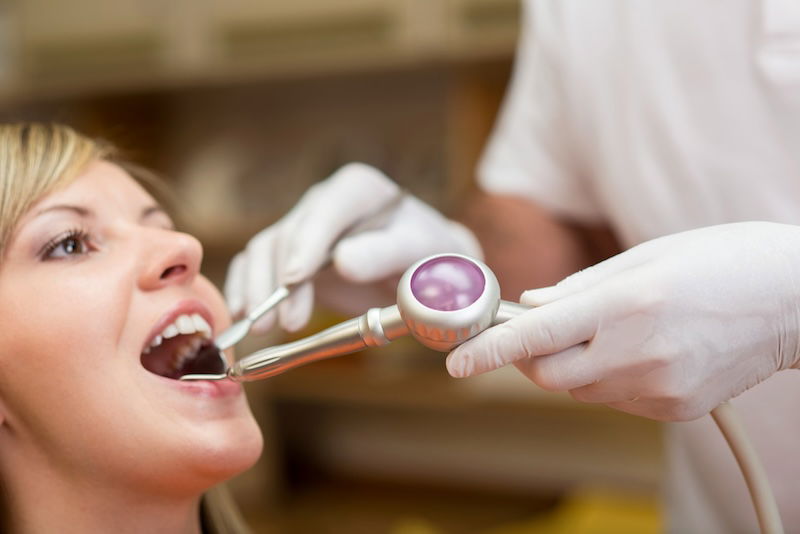
Plastic is everywhere in our lives, from packaging and utensils to clothing and electronics. Its convenience and low cost have made it indispensable, but the environmental consequences are alarming.
Traditional plastics, made from petroleum, take hundreds of years to break down, filling landfills and polluting oceans. Scientists around the world are working hard to solve this problem by developing biodegradable plastics that can decompose more quickly and safely in the environment.
Biodegradable plastics are made from renewable materials such as plants, starch, or even agricultural waste. Unlike regular plastic, which stays in the environment for centuries, these materials can break down into natural components, like carbon dioxide and water, within months or a few years.
One promising material is polylactic acid (PLA), made from fermented plant sugars like those in corn or sugarcane. Research shows that PLA can replace many traditional plastics, especially in food packaging.
Another exciting development is polyhydroxyalkanoates (PHAs), a type of plastic made by bacteria. PHAs are naturally biodegradable and are being tested for use in medical devices and packaging.
Despite their promise, biodegradable plastics come with challenges. For example, some need specific conditions, like industrial composting facilities, to break down properly. If these facilities are unavailable, biodegradable plastics might act like traditional ones and persist in the environment.
Another issue is cost. Since biodegradable plastics are made from more expensive raw materials and require new production methods, they are often pricier than petroleum-based plastics. However, as technology improves and demand increases, costs are expected to decrease.
Recent studies provide encouraging evidence of progress. For instance, scientists at the University of California have developed a PHA that breaks down in seawater within a year, reducing ocean pollution risks.
In Europe, researchers are turning potato peel waste into biodegradable packaging, showing that agricultural byproducts can be part of the solution.
Other efforts focus on improving the strength and flexibility of biodegradable plastics, making them suitable for more applications, from clothing to car parts.
Still, biodegradable plastics are not a perfect solution. They can only be effective if paired with better waste management practices. Recycling and composting systems need to catch up with the rapid development of these new materials.
Otherwise, they may end up in landfills or the ocean, where they won’t degrade as intended. Reducing overall plastic use and switching to reusable materials remain critical steps in tackling the plastic pollution crisis.
For everyday people, small actions can make a big difference in supporting the shift toward biodegradable alternatives. First, look for products labeled as biodegradable or compostable, especially for items like utensils and bags.
Be aware of your local waste disposal options—if industrial composting is available, use it to dispose of biodegradable plastics properly.
Choose products with minimal or no packaging when possible. Lastly, support companies and brands that invest in sustainable materials, as consumer demand can drive industry change.
Biodegradable plastics offer a glimpse of a cleaner future, but they are not a standalone fix. They are part of a larger puzzle that includes reducing plastic use, improving recycling, and adopting sustainable habits.
With ongoing research and collective effort, we can move closer to a world where plastic pollution is no longer a pressing issue.
Copyright © 2025 Knowridge Science Report. All rights reserved.






Leave a Comment